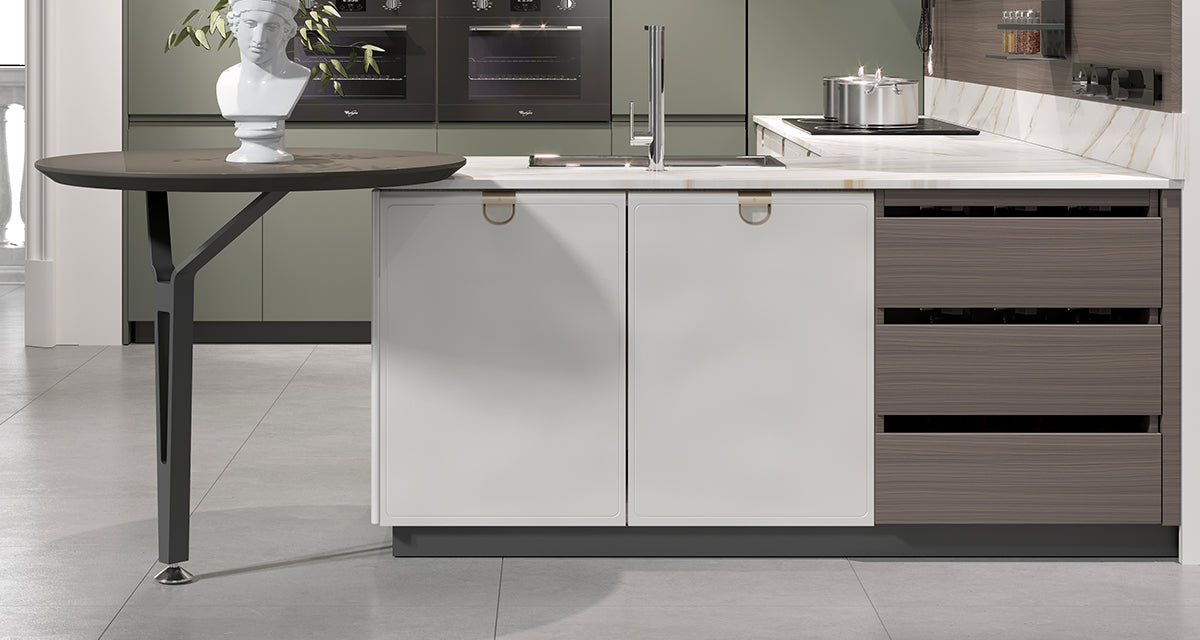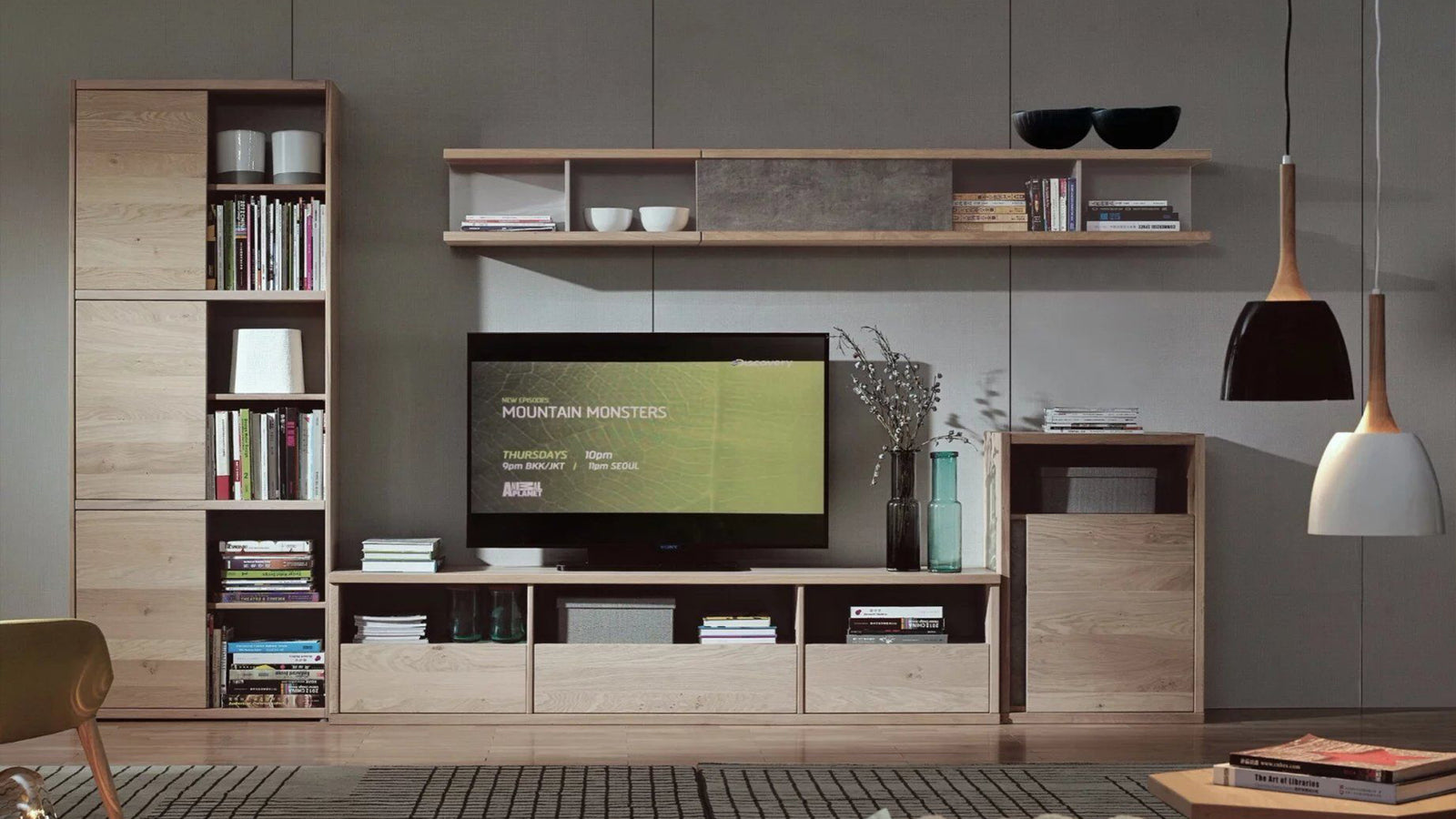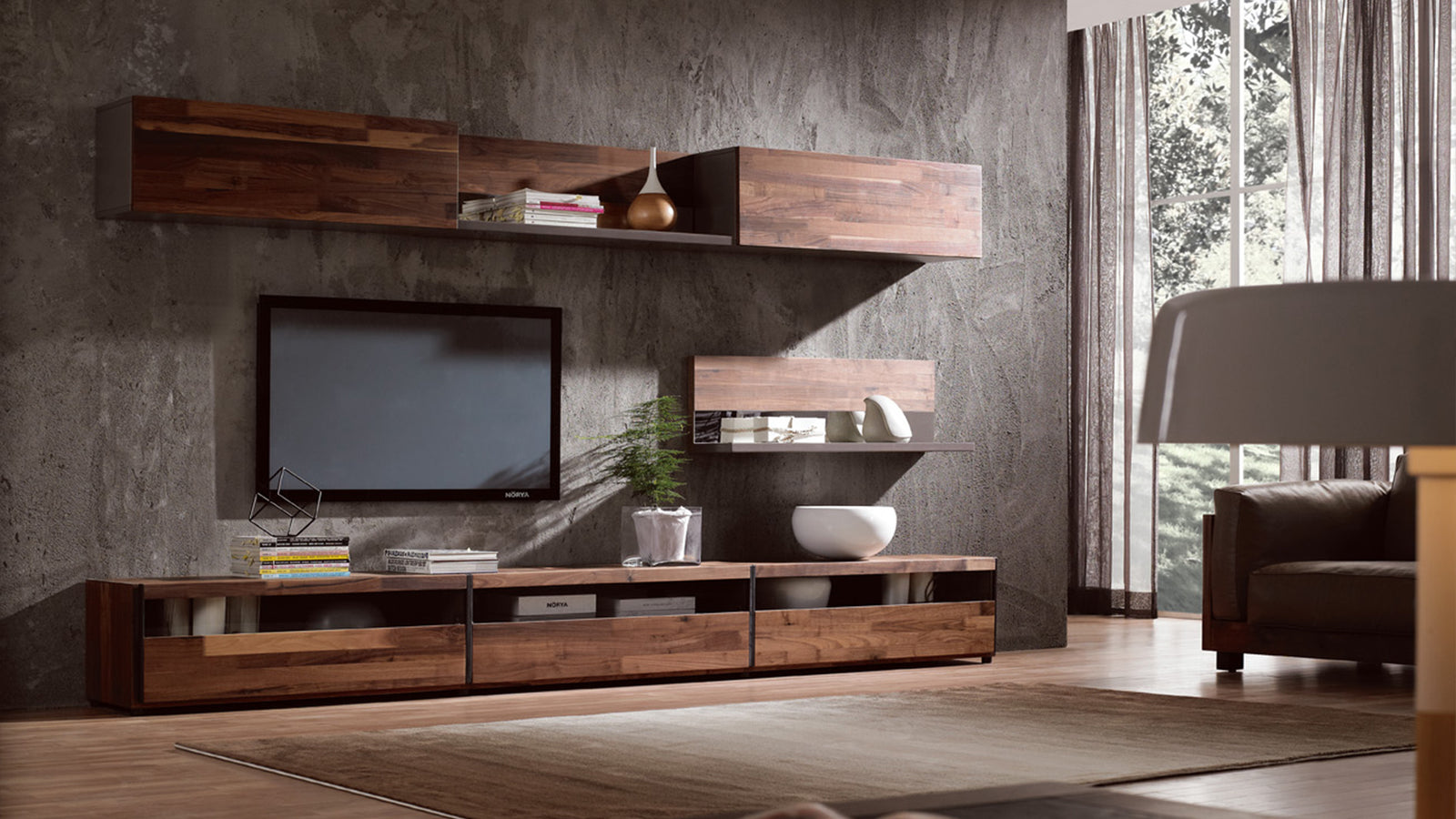Yes, there are certain special considerations and limitations to keep in mind when installing custom built-in kitchen cabinets. These factors can impact the installation process and should be taken into account to ensure a successful outcome. Here are some key considerations:
1. Professional Expertise:
Installing custom built-in kitchen cabinets often requires the expertise of skilled professionals, such as carpenters or cabinetmakers. Their knowledge and experience are crucial to ensure precise measurements, proper installation techniques, and seamless integration with the kitchen space. It is advisable to work with professionals who have a solid understanding of custom cabinetry installations to achieve the desired results.
2. Structural Integrity:
Custom built-in cabinets are typically heavier than stock cabinets due to their solid construction and customized features. It is essential to ensure that the kitchen walls and flooring can support the weight of the cabinets. If there are any concerns about structural integrity, consulting with a contractor or structural engineer is recommended to assess and reinforce the necessary areas. Installing kitchen cabinets are not as simple as it seems.
Feature: Custom Design Kitchen Cabinet - ML3
3. Plumbing and Electrical Considerations:
Custom built-in cabinets may require modifications or adjustments to accommodate plumbing or electrical fixtures. It is important to plan the cabinet layout in coordination with the locations of sinks, faucets, electrical outlets, and other fixtures. This ensures that the cabinets can be properly installed without obstructing or interfering with plumbing and electrical systems.
4. Ventilation and Clearance Required When Installing Kitchen Cabinets:
Adequate ventilation is crucial for certain kitchen appliances, such as ovens, cooktops, and range hoods. Custom cabinets need to be designed and installed with proper clearance and ventilation space around these appliances to ensure safety and optimal performance. It is essential to follow manufacturer guidelines and local building codes when determining the necessary clearance requirements.
5. Accessibility and Ergonomics:
Custom built-in cabinets should be designed with user convenience and accessibility in mind. Consideration should be given to the height, depth, and placement of cabinets to ensure comfortable and efficient use. It is important to assess factors such as the user's height, reach, and any specific mobility requirements to optimize the cabinet layout for ergonomic functionality.
6. Timelines and Construction Disruptions Installing Kitchen Cabinets:
Custom built-in cabinet installations can take longer than installing stock cabinets due to the customization and precision involved. Homeowners should be prepared for potential construction disruptions during the installation process, such as limited access to the kitchen or temporary relocation of appliances. It is advisable to discuss the project timeline with the professionals involved to manage expectations and plan accordingly.
Summary
By considering these special considerations and limitations, homeowners can ensure a smooth and successful installation of custom built-in kitchen cabinets. Working closely with professionals, addressing structural and functional requirements, and planning for potential disruptions will help achieve the desired outcome and create a beautiful and functional kitchen space.
Follow our facebook page for the latest deals.
Top Kitchen Cabinet Questions
- Can Custom Built-In Kitchen Cabinets Be Designed to Fit Specific Kitchen Layouts and Dimensions?
- Are There Any Special Considerations or Limitations When Installing Custom Built-In Kitchen Cabinets?
- Are There Any Maintenance or Care Requirements for Custom Built-In Kitchen Cabinets?
- What Are Some Popular Design Trends or Features for Custom Built-In Kitchen Cabinets?
- What are Custom Built-In Kitchen Cabinets?


















